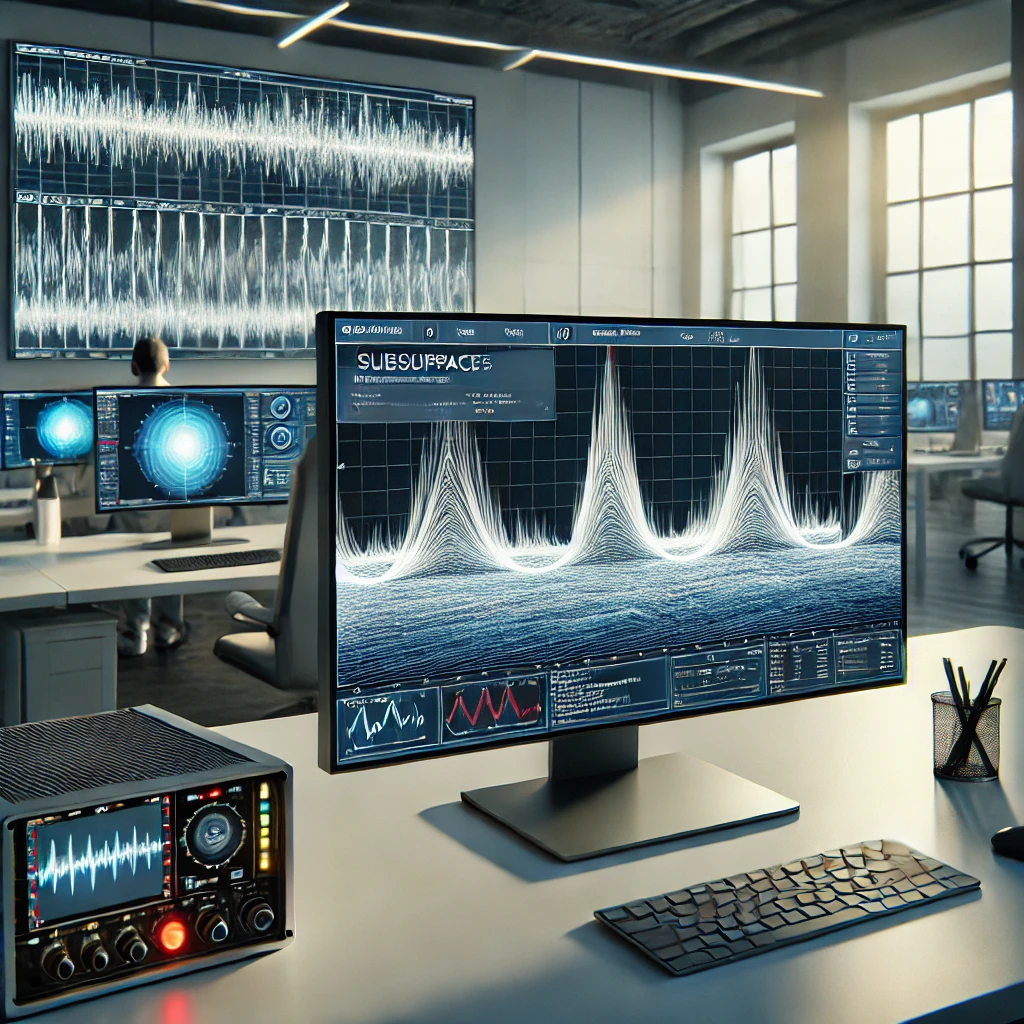Seismic velocity modeling is crucial for accurate subsurface imaging in geophysics. Traditional methods for building velocity models rely on manual interpretation and computationally expensive algorithms, making them time-consuming and prone to errors. With advancements in artificial intelligence, deep learning has emerged as a powerful tool to automate and enhance velocity model building.
Two essential elements in this process are Common-Image Gather (CIG) volumes and semblance features. These seismic attributes contain rich information about subsurface structures and can be leveraged in deep learning frameworks to improve accuracy and efficiency. This article explores how deep learning can utilize CIG volumes and semblance features for better velocity modeling.
Understanding Common-Image Gather (CIG) Volumes in Deep Learning
What Are CIG Volumes?
Common-Image Gather (CIG) volumes are seismic data representations that provide insights into subsurface structures. These gathers are produced during seismic imaging and help analyze velocity models by showing how reflected seismic waves behave at different angles.
How Deep Learning Utilizes CIG Volumes
Deep learning models, particularly convolutional neural networks (CNNs), can be trained on CIG volumes to learn patterns in seismic reflections. This allows them to:
- Identify complex geological features more accurately.
- Predict velocity models with minimal manual intervention.
- Enhance seismic imaging quality by reducing noise and artifacts.
Using deep learning with CIG volumes significantly speeds up the process of building velocity models, making it a game-changer in seismic exploration.
Incorporating Semblance Features into Deep Learning
What Are Semblance Features?
Semblance is a measure of coherence in seismic data, used to evaluate the quality of velocity models. It calculates how similar waveforms are over different velocity values, helping geophysicists identify the optimal velocity for seismic imaging.
The Role of Semblance in Deep Learning
Integrating semblance features into deep learning models improves the model’s ability to:
- Distinguish between accurate and inaccurate velocity predictions.
- Improve generalization across different geological settings.
- Enhance the interpretability of velocity models by providing additional confidence measures.
By combining semblance analysis with CNNs or other deep learning architectures, researchers can create models that outperform traditional seismic interpretation techniques.
Advantages of Using Deep Learning for Velocity Modeling
1. Automation and Speed
Deep learning eliminates the need for manual velocity picking, significantly reducing the time required for model building.
2. Higher Accuracy
By learning from large datasets, deep learning models can capture complex subsurface structures more accurately than traditional methods.
3. Improved Noise Handling
AI-based models can filter out seismic noise more effectively, leading to cleaner and more reliable velocity models.
4. Scalability
Once trained, deep learning models can be applied to new datasets with minimal adjustments, making them highly scalable.
Challenges and Future Directions
Despite the advantages, some challenges remain in applying deep learning to seismic velocity modeling:
- Data Availability: High-quality, well-labeled seismic datasets are needed for effective training.
- Generalization: Models trained on specific geological regions may not perform well in different settings.
- Integration with Traditional Workflows: Deep learning models need to be seamlessly integrated with existing geophysical software and methodologies.
To address these challenges, researchers are working on:
- Transfer learning techniques to improve model adaptability.
- Hybrid models that combine physics-based constraints with AI-driven predictions.
- Enhanced data augmentation methods to improve training datasets.
Frequently Asked Questions (FAQs)
1. What is the role of deep learning in seismic velocity modeling?
Deep learning helps automate velocity model building by learning patterns from seismic data, reducing manual effort, and improving accuracy.
2. How does deep learning use CIG volumes?
Deep learning models analyze CIG volumes to detect seismic reflection patterns, which helps in constructing detailed velocity models.
3. What are semblance features, and why are they important?
Semblance features measure coherence in seismic data and help identify optimal velocity values for accurate imaging.
4. Can deep learning models replace traditional seismic interpretation methods?
While deep learning enhances seismic interpretation, traditional methods still play a role, especially in validating AI-generated models.
5. What are the main challenges of using deep learning for velocity modeling?
Challenges include data availability, model generalization to different regions, and integration with existing geophysical workflows.
Conclusion
Deep learning offers a revolutionary approach to seismic velocity modeling by leveraging CIG volumes and semblance features. These AI-driven methods enhance accuracy, reduce manual effort, and accelerate the velocity model building process. While challenges remain, ongoing research and technological advancements continue to refine and improve these techniques, making AI an essential tool in modern geophysical exploration.


